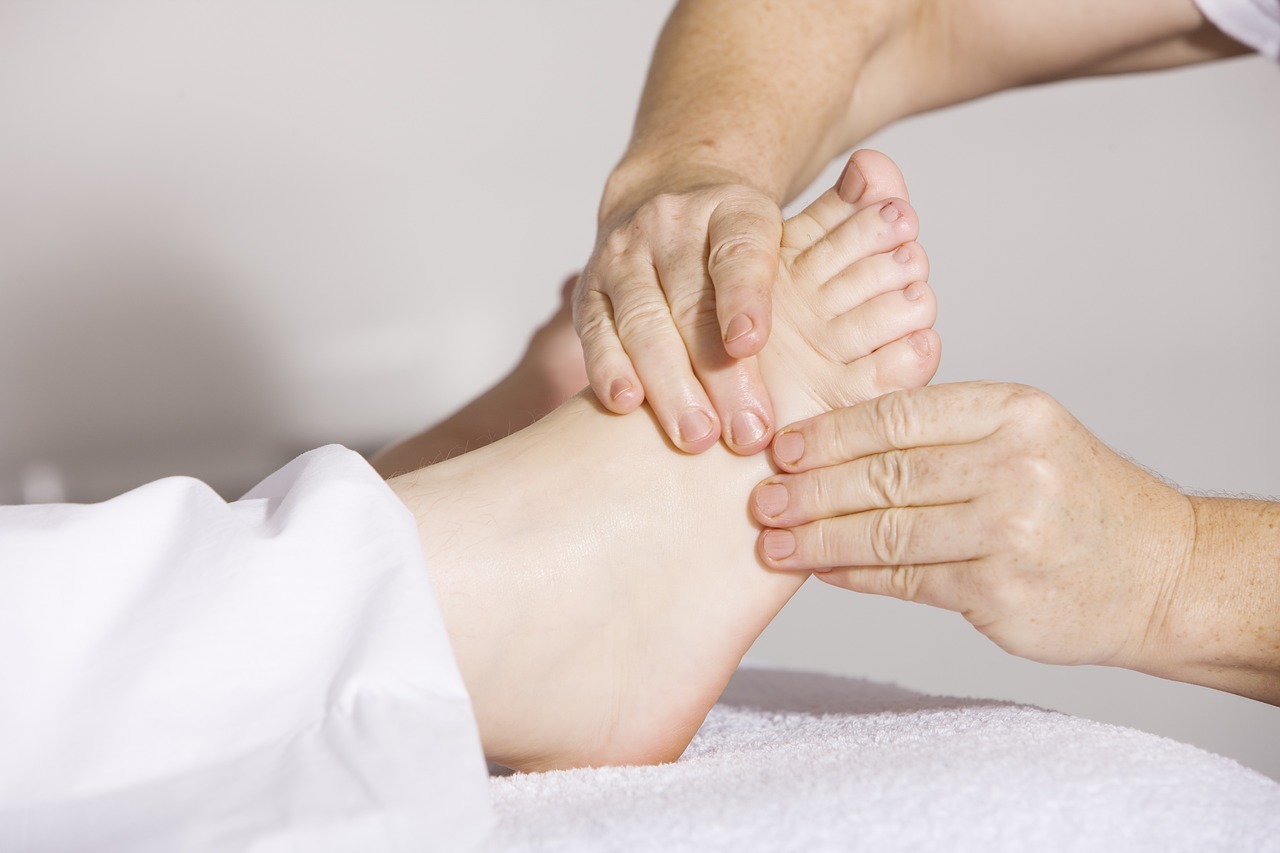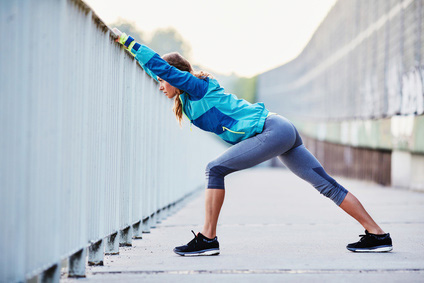[vc_row][vc_column][vc_single_image image=”2591″ img_size=”large” alignment=”center”][vc_column_text]Recently I went away on holiday and I didn’t have access to a gym or any fancy equipment. However I wanted to make sure I continued to stay healthy and active whilst I was away. Here are my tips to enjoying yourself on holiday whilst keeping your goals in check
The plane ride
Even if your holiday doesn’t require any plane trips I’m sure you will encounter travel where you need to be seated for a long duration. To help keep aches and pains at bay, as well as to encourage circulation through your muscles to keep them healthy, some light stretches and exercises are great to help. Some of my ‘go to’ exercises are in the pic above.
- Walking
Not only is walking a cheap way to get from point A to B when on holiday. It is great way to keep your body healthy and strong, just make sure you have the appropriate footwear for your chosen destination!
- Food
Holidays and food just go hand in hand. Now I’m not saying to make sure every meal you eat on holiday is a balanced and healthy meal. What I do suggest is trying to think about reducing the portion sizes of the lovely treats you’re delving into.
Also don’t forget to clear out the fridge and pantry before you go on holiday, you don’t want to find any surprises when you return home!
- Hydration
Depending on where you are travelling to I suggest taking a refillable water bottle with you. It’s a great way to keep check of how much water you’re actually drinking. Not only does staying hydrated make your skin look amazing it helps with keeping your muscles and organs healthy as well as reduce your level of fatigue.
Also if you are planning on drinking whilst on holiday use the 1 for 1 rule (1 glass of water for 1 alcoholic drink), this way you will be able to make the most of your holiday and do the best for your body.
- When you return
Start by slowly getting back into the routine. Set yourself a few days before returning to work to regain some structure and figure out what day it is!
I always start by meal prepping some healthy food options as well as getting back into some structured exercise, oh and to unpack that suitcase (7 loads of washing later…).
Hope these tips help! Happy and safe travels everyone.
Samantha
Samantha is our full time exercise physiologist and is available for appointments at all 3 of our clinics. Call 9583 5165 to book.[/vc_column_text][vc_single_image image=”2595″ img_size=”large” alignment=”center”][/vc_column][/vc_row]



